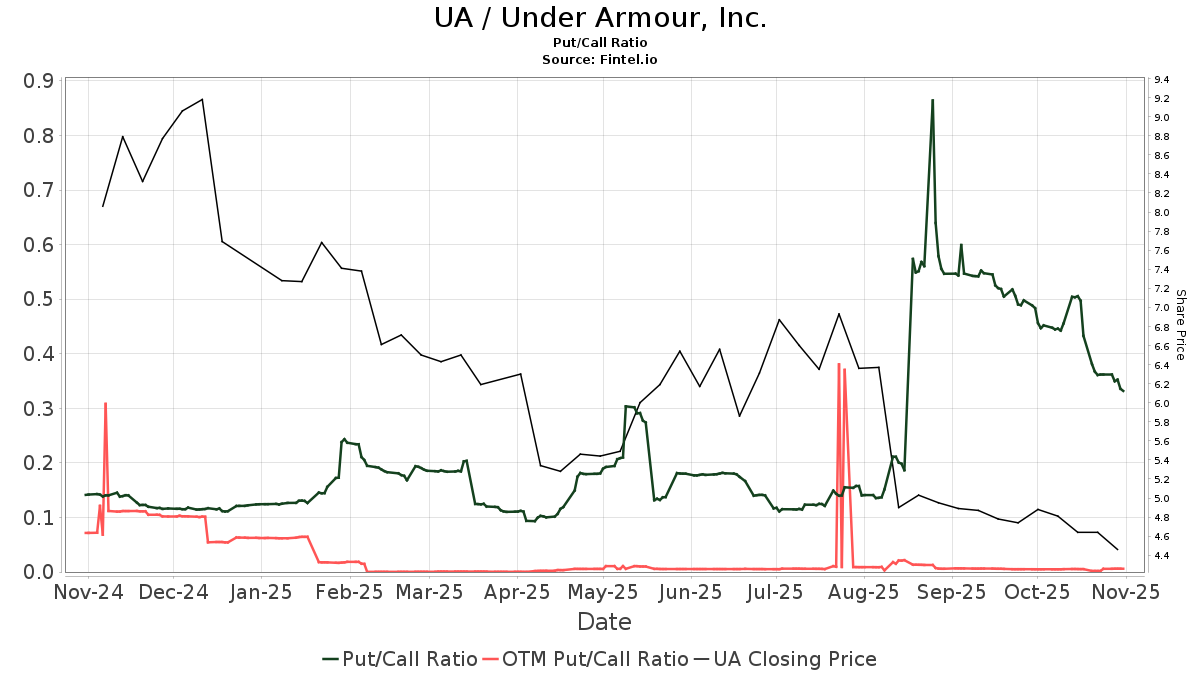# Coffee Market Update: Mixed Prices Amid Global Trade Tensions
May arabica coffee (KCK25) closed down -1.20 (-0.35%) on Wednesday, while May ICE robusta coffee (RMK25) saw an increase of +51 (+1.06%).
Overall, coffee prices settled unevenly, with arabica coffee dropping to a 2-3/4 month low. Concerns surrounding global trade wars have put downward pressure on many commodities, including coffee. This decline followed China’s imposition of 84% tariffs on US goods in retaliation to tariffs from the US, while Europe retaliated with 25% tariffs on $21 billion worth of US products. These tariffs raise worries about decreased coffee demand as consumers in the US face higher prices.
Don’t Miss a Day: Sign up for Barchart’s premium commodity analysis—from crude oil to coffee—at no cost.
Conversely, robusta coffee rebounded from a 4-1/4 month low, buoyed by indications of tighter supplies. ICE-monitored robusta coffee inventories have dropped to a 3-1/2 week low of 4,289 lots.
Prices for coffee have faced pressure over the past month, but some have eased as concerns about dry weather in Brazil have subsided. Somar Meteorologia reported that Brazil’s largest arabica coffee-growing region, Minas Gerais, received 39 mm of rain in the week ending April 5, which is 188% of the historical average.
Fears of diminishing supply continue to support coffee prices. On March 13, Cecafe announced that Brazil’s green coffee exports in February fell by -12% year-on-year to 3 million bags. In addition, Brazil’s government crop forecasting agency, Conab, predicted a -4.4% year-over-year decline in Brazil’s 2025/26 coffee crop, estimating it at a three-year low of 51.81 million bags. Furthermore, Conab revised its 2024 coffee crop estimate down by -1.1% to 54.2 million bags, from a previous estimate of 54.8 million bags.
Coffee inventories have tightened, contributing additional support for prices. The ICE-monitored arabica coffee inventories fell to a 1-1/2 month low of 770,476 bags last Monday.
Support for coffee prices is further derived from insights by Cooxupe, Brazil’s leading arabica coffee co-operative. They noted that recent high temperatures and below-average rainfall could negatively impact this year’s coffee yields, particularly since Brazil is the world’s largest producer of arabica coffee.
However, there are some negative trends. Marex Solutions forecasted on March 7 that the global coffee surplus for the 2025/26 season is expected to widen to 1.2 million bags, compared to a surplus of 200,000 bags in the 2024/25 season.
The prospect of increased global supplies adds bearish sentiment for robusta coffee. Marex Solutions anticipates that Vietnam’s robusta production for 2025/26 will rise by +7.9% year-on-year, reaching 28.8 million bags, while Brazil’s robusta production is projected to grow by +13.6% to 25 million bags.
Long-term projections remain cautious due to potential lasting damage from last year’s El Niño conditions in South and Central America. Brazil has experienced its driest weather since 1981, which may impact its vital flowering stage for coffee trees and subsequently diminish the outlook for the 2025/26 arabica crop. Colombia, as the world’s second-largest arabica producer, is gradually recovering from the drought impact of El Niño last year.
Robusta coffee finds support amidst reduced production levels. In the 2023/24 crop year, Vietnam’s coffee production fell by -20% to 1.472 million metric tons—the lowest output in four years. Additionally, Vietnam’s General Statistics Office reported a -17.1% year-over-year reduction in coffee exports for 2024, totaling 1.35 million metric tons. The Vietnam Coffee and Cocoa Association also revised its 2024/25 production estimate downward to 26.5 million bags from a previous figure of 28 million bags. Lastly, Vietnam’s Customs Department disclosed that coffee exports from January to March were down -15.3% year-on-year to 495,780 metric tons, confirming its status as the largest producer of robusta coffee.
News indicating larger global coffee exports could have a negative impact on prices. Conab reported on February 4 that Brazil’s 2024 coffee exports increased by +28.8% year-on-year, reaching a record 50.5 million bags. Conversely, ICO reported on February 6 a decrease in December’s global coffee exports, which fell -12.4% year-on-year to 10.73 million bags, while the total for October to December declined by -0.8% to 32.25 million bags.
The USDA’s biannual report as of December 18 provided a mixed outlook for coffee prices. The USDA’s Foreign Agricultural Service (FAS) projected a +4.0% increase in world coffee production for 2024/25, totaling 174.855 million bags. This includes a +1.5% rise in arabica production to 97.845 million bags and a +7.5% increase in robusta production to 77.01 million bags. The FAS also indicated that ending stocks are expected to drop by -6.6% to a 25-year low of 20.867 million bags, a decrease from 22.347 million bags in 2023/24. The USDA’s FAS previously projected Brazil’s 2024/25 coffee production at 66.4 million metric tons, revising it down from a forecast of 69.9 million metric tons.
For the 2025/26 marketing year, Volcafe adjusted its production estimate for Brazil’s arabica coffee to 34.4 million bags—a reduction of about 11 million from the previous estimate following a crop tour that underscored severe drought effects. Volcafe anticipates a global arabica coffee deficit of -8.5 million bags for 2025/26, a worsening from the -5.5 million bag deficit anticipated for 2024/25, indicating the trend of deficits may persist for a fifth consecutive year.
On the date of publication, Rich Asplund did not hold (either directly or indirectly) any positions in the securities mentioned in this article. All information and data in this article are for informational purposes only. For more information, please view the Barchart Disclosure Policy here.
The views and opinions expressed herein are those of the author and do not necessarily reflect those of Nasdaq, Inc.





